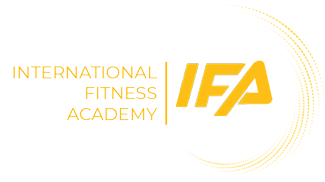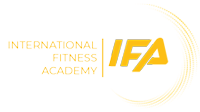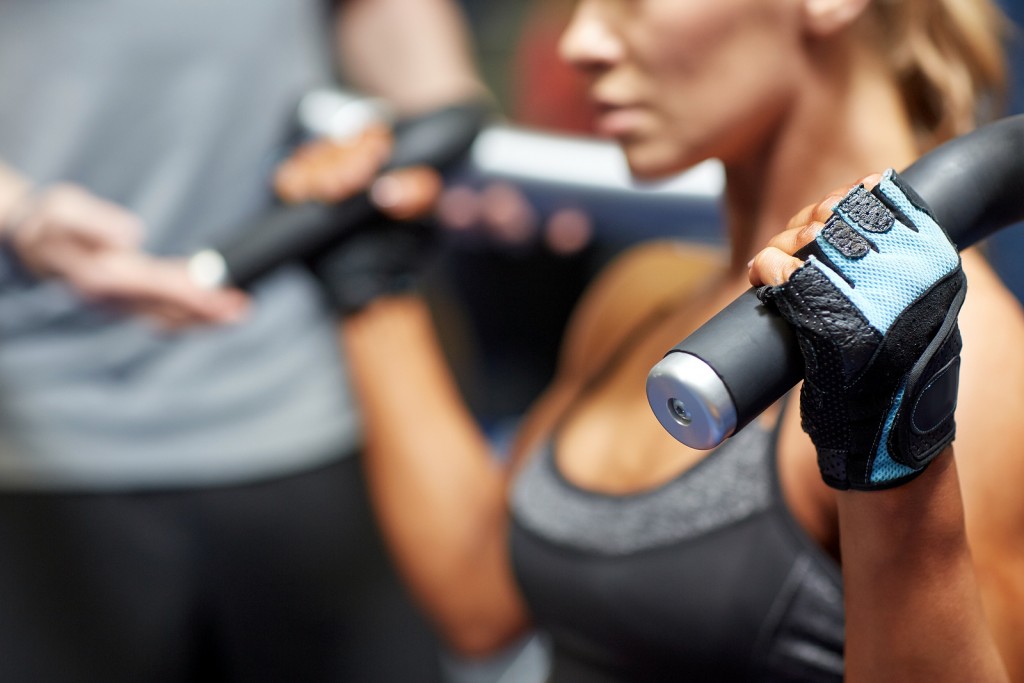In Today’s evolving training and conditioning market, athletes and individuals have access to a huge arsenal of equipment and workout programs; however, the best equipment and programs cannot produce if the fundamental weaknesses of the body are not exposed.
That’s where Functional Movement comes in, something we teach you through our anatomy section of the course here at IFA.
A Functional Movement Screen is a process that consists of seven different tests to assess movement patterns, which are thought to be the fundamental movement patterns or foundations of human movement.
The seven different tests include: a deep squat, hurdle step, in-line lunge, shoulder mobility, rotary stability, push up test, and straight leg raise.
By knowing and understanding Functional Movement as a Personal Trainer, you can pinpoint these weak links, and alleviate them. This system is a process that identifies the weak link in the movement pattern and then assigns exercises to correct it.
The intended purpose of Functional Movement Screening by a Personal Trainer:
- Identify the individuals at risk, who are attempting to maintain or increase activity level.
- Assist in program design by systematically using corrective exercise to normalise or improve fundamental movement patterns.
- Provide a systematic tool to monitor progress and movement pattern development in the presence of hanging the fitness levels.
- Create a functional movement baseline which will allow rating and ranking movement for statistical observation.
Benefits of the core training system:
- Improve functional and athletic performance
- Helps reduce the potential for training and sports injuries
- Provides a simple grading system to assess athlete/client movement
- Can be easily utilized in both the athletic/sports medicine and general fitness professionals
- Identifies physical imbalances or weaknesses
- Rehabilitates imbalances and strengthens weaknesses with simple corrective exercises
- Allows trainers to better individualize training the difference between movement quality and movement quantity
- Teaches the trainer and athlete/client to identify the differences between movement quality and movement quantity.
- Allows athletic trainers, strength and conditioning specialists, personal trainers and physicals therapists to identify current injury trends and stats as they relate to the prevention of non-contact injuries.
- Allows trainers to identify positional causes and effects relationships of micro-trauma as well chronic injuries in relation to movement asymmetries.


 BLOG SERIES
BLOG SERIES